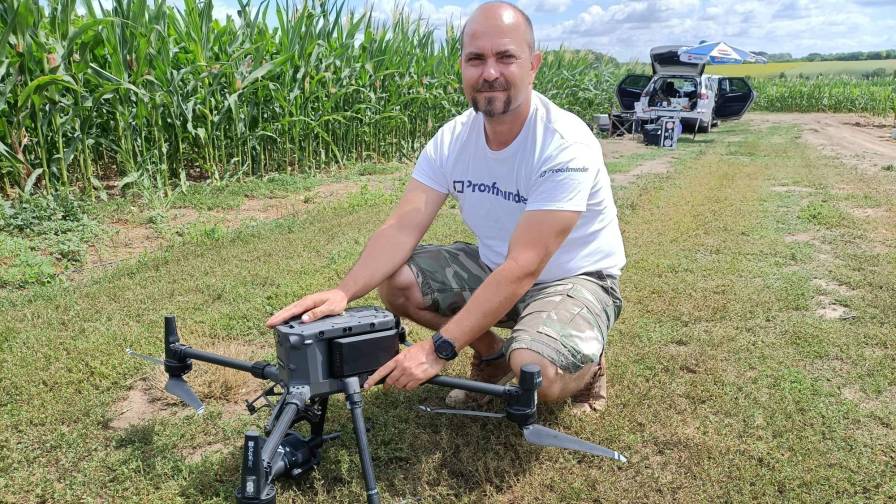How Digital Technology Can Accelerate Food Sustainability
Meeting the food needs of a constantly growing global population requires sustainable food production for both the planet and society, according to the World Economic Forum. To do this, the food industry needs to address multiple complex issues: greenhouse gas emissions and deforestation; employee safety and fair wages; consumer nutrition and health.
Recent shocks to our interconnected global food system remind us just how small our safety net is. These include climate change, COVID-19, and the conflict in Ukraine, among others. Faster innovation and cross-value-chain collaboration are key to change. Bain & Company and the World Economic Forum (WEF), while building on earlier research into the impact of digital on sustainability in nine different industries, researched areas of innovation capable of increasing the pace of change and jump-starting collaboration.
Four “investible themes” emerged. Each addresses important environmental, social and governance (ESG) externalities the food industry faces while also having the potential to earn an attractive return on time, energy and money invested. All require collective action and a collaborative approach in order to scale.
Farming needs to be more efficient and lower impact. Today, it is estimated by the Intergovernmental Panel on Climate Change (IPCC) that between 21% and 37% of global greenhouse gas emissions come from our food system, including how we grow our food.
MORE BY WORLD ECONOMIC FORUM
Technology is available today to improve yields and reduce environmental impact, but it is not yet widely used, especially in developing markets. This is often due to a lack of funding or poor digital infrastructure. Investing in infrastructure – especially mobile connectivity networks – would help farmers utilize the digital technologies available.
Those farmers who lack the capital to invest in technologies need access to fair, reliable finance. Financial institutions can, in turn, analyze sensor data and aerial imagery to ensure their investments are viable and reduce their risk by more accurately predicting potential losses. They can even alert farmers to that possibility ahead of time.
Read more at World Economic Forum.









